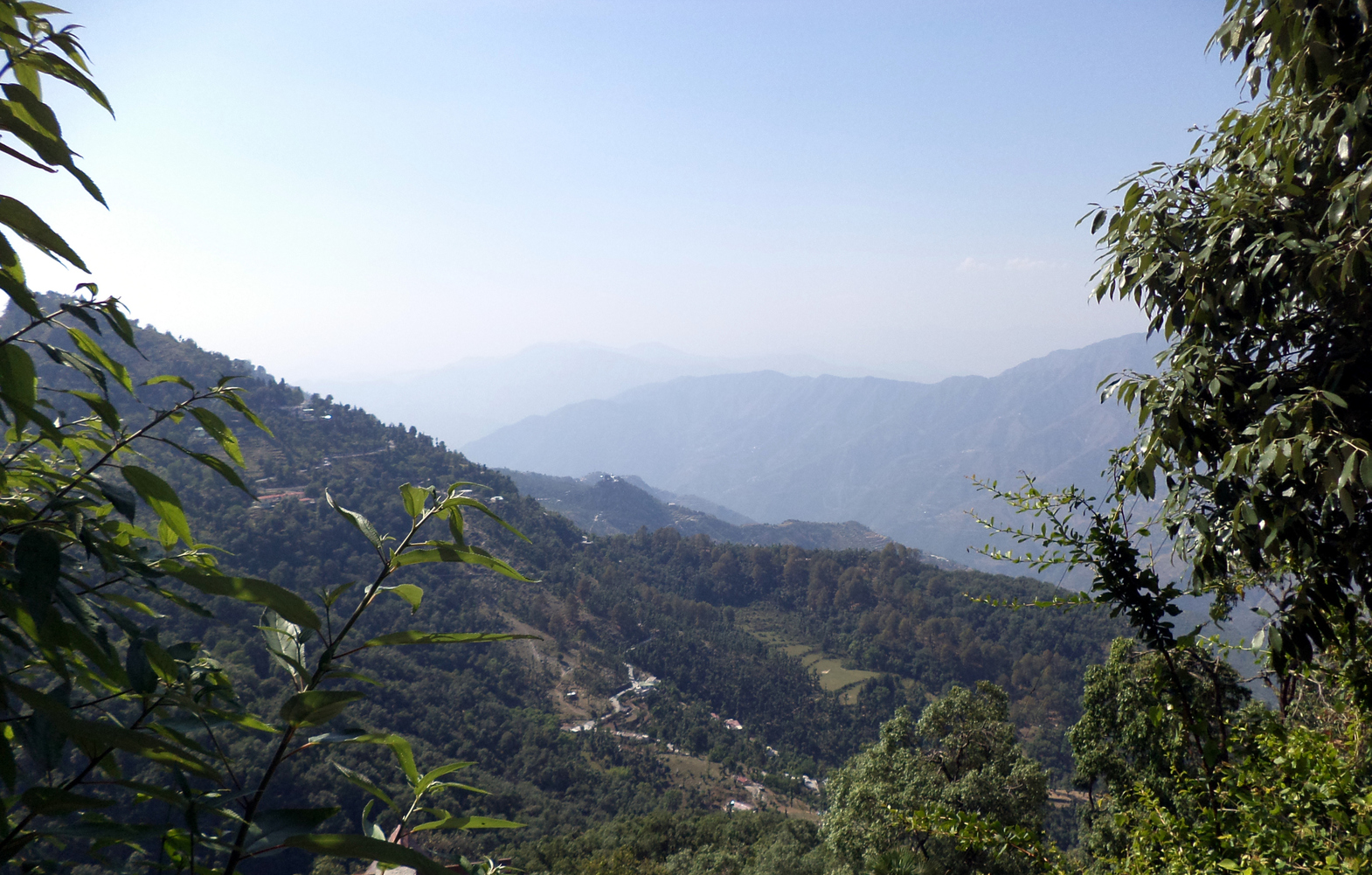

For every 100 females, there were 96.8 males. In the city, the population was spread out, with 30.3% under the age of 18, 4.3% from 18 to 24, 16.1% from 25 to 44, 34.6% from 45 to 64, and 14.8% 65 or older. The average household size was 2.86 and the average family size was 3.16. 14.4% of households were one person, and 8.5% were one person aged 65 or older. Of the 2,066 households, 40.9% had children under the age of 18 living with them, 80.3% were married couples living together, 2.8% had a female householder with no husband present, and 15.2% were non-families. Hispanic or Latino of any race were 0.59%. The racial makeup of the city was 94.41% White, 0.54% African American, 0.08% Native American, 3.88% Asian, 0.15% from other races, and 0.93% from two or more races. There were 2,155 housing units at an average density of 116.3 per square mile (44.9/km 2). The population density was 318.7 people per square mile (123.1/km 2). The gender makeup of the city was 48.4% male and 51.6% female.Īt the 2000 census there were 5,907 people in 2,066 households, including 1,751 families, in the city. 27% of residents were under the age of 18 4.9% were between the ages of 18 and 24 12.1% were from 25 to 44 38.5% were from 45 to 64 and 17.5% were 65 or older. The average household size was 2.81 and the average family size was 3.06. 12.4% of households were one person, and 7% were one person aged 65 or older. Of the 2,061 households, 37.0% had children under the age of 18 living with them, 80.2% were married couples living together, 4.0% had a female householder with no husband present, 1.6% had a male householder with no wife present, and 14.2% were non-families. Hispanic or Latino of any race were 1.6%. The racial makeup of the city was 92.2% White, 0.7% African American, 0.1% Native American, 5.7% Asian, 0.2% from other races, and 1.1% from two or more races. There were 2,236 housing units at an average density of 120.5 per square mile (46.5/km 2). The population density was 311.9 inhabitants per square mile (120.4/km 2). Demographics Historical population CensusĪt the 2010 census there were 5,785 people in 2,061 households, including 1,768 families, in the city. One hundred percent of Indian Hill is zoned as single-family residential or agricultural. Emery, which has since been subdivided into lots as small as 1 acre (4,000 m 2). Some were authentic estates, such as the 1,200-acre (4.9 km 2) "Peterloon" of John J. Camargo assembled 12,000 acres (49 km 2) of farmland and divided some into 25-acre (100,000 m 2) plots, sold for $75 to $150 per acre, and a district of grand mansions with stables and outbuildings grew up, with kennels that housed the Camargo Hunt. The rolling country appealed to a group of four Cincinnati businessmen who had built homes there in the early 1920s and envisioned a more ambitious rural settlement, persuading friends to join them in forming the Camargo Realty Company in 1924. They reached Indian Hill on the Swing Line, a train running between downtown Cincinnati and Ramona Station the site is now the location of Indian Hill's administration building at Drake and Shawnee Run roads. From about 1904, Cincinnatians bought up its farmhouses as rural weekend destinations. The Village of Indian Hill began as a farming community which prospered as the nearby Little Miami Railroad provided cost effective shipping to Cincinnati. There are meandering streams, dark pine stands, and intriguing geological formations with a plethora of fossils. Its physical characteristics run the gamut from flat, open, grassy fields to heavily wooded, steeply sloped, mature canopy forest. Īccording to the United States Census Bureau, the city has a total area of 18.65 square miles (48.30 km 2), of which 18.55 square miles (48.04 km 2) is land and 0.10 square miles (0.26 km 2) is water.

It has previously been named as the "Best Place to Raise a Family" by the magazine Robb Report. The Village of Indian Hill is served by the Indian Hill Exempted Village School District (public school district).

The municipality then changed its name to add "Village" into the official name legally it is "The City of The Village of Indian Hill". Prior to 1970, Indian Hill was incorporated as a village, but under Ohio law became designated as a city once its population was verified as exceeding 5,000. The population was 6,087 at the 2020 census. The Village of Indian Hill is a city in Hamilton County, Ohio, United States, and an affluent suburb of the Greater Cincinnati area.


 0 kommentar(er)
0 kommentar(er)
